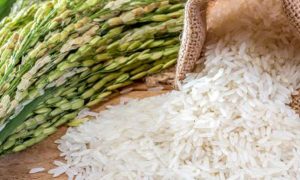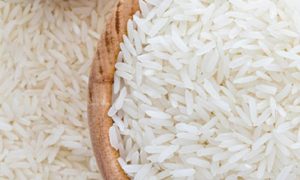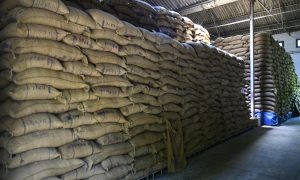India : MEP abolition to boost basmati rice exports, arrest decline in mandi prices

The Indian government has removed the $950/tonne Minimum Export Price (MEP) on basmati rice, aligning India’s pricing with competitors like Pakistan. This move is expected to boost exports and improve farmer incomes ahead of the paddy harvest. Exporters are also pushing for the removal of export bans on non-basmati white rice and the 20% duty on par-boiled rice.
The government’s decision to abolish the minimum export price (MEP) of $950/tonne, which was imposed a year ago, is expected to boost basmati rice exports, bringing India’s pricing in line with competitor Pakistan in global trade. This move is also likely to ensure that farmers receive remunerative prices just before the commencement of paddy harvesting, according to rice exporters.
Several exporters of aromatic and long-grain rice have urged the government to also lift the export prohibition on non-basmati white rice and the 20% export duty on par-boiled rice. This, they said, will prevent the misclassification or illegal shipment of non-basmati rice, which could benefit from the removal of the MEP on basmati rice.
“As we approach the new crop harvest, sales and export orders need to be booked, and this provides much-needed clarity to global importers on India’s policy stance,” Akshay Gupta, head of bulk exports at KRBL, a leading exporter of basmati rice under the ‘India Gate’ brand told Fe. Gupta added that the previous restrictive policy had given Pakistan basmati exporters an undue advantage, but the market is now level playing for all.
Trade sources have reported a recovery in the mandi price of the early harvested 1509 basmati paddy variety. Prices, which had dropped to Rs 2,400/quintal earlier this month from Rs 3,000/quintal a year ago, have now climbed back to around Rs 2,900/quintal in recent days.
In Punjab, one of the key basmati-producing states, the area under basmati cultivation has increased by more than 12% to 0.67 million hectare (MH) this year, up from 0.59 MH last year. The 1121 basmati paddy, which accounts for more than 70% of the state’s basmati output, is expected to hit the market soon.
Vijay Setia, managing director of Chaman Lal Setia Exports, another leading exporter of aromatic rice, said the higher MEP had negatively affected mandi prices, thus hurting farmers’ income. “With the removal of MEP, prices are set to rise, benefiting farmers by improving export prospects and enhancing parity in global trade,” Setia said.
On the abolition of MEP for basmati rice, the commerce ministry stated that the Agricultural and Processed Food Products Export Development Authority (APEDA) will closely monitor export contracts to prevent non-realistic pricing of basmati rice and ensure transparency in export practices.
The ministry said the floor price of $1,200/tonne, introduced in August 2023, was a temporary measure to address rising domestic rice prices and to curb the potential misclassification of non-basmati rice as basmati in light of the export prohibition on non-basmati white rice. The MEP on aromatic and long-grain rice was reduced to $950/tonne in October 2023.
“We lost more than 0.5 million tonne (MT) of market share to Pakistan in recent months due to the MEP,” said Ranjit Singh Jossan, vice president of the Basmati Rice Millers and Exporters Association of Punjab. Pakistan currently imposes a MEP of $750/tonne on basmati rice.
In FY24, India exported a record 5.24 MT of aromatic rice, valued at $5.83 billion.
“The abolition of MEP will give a significant boost to basmati exports while ensuring that farmers receive fair prices for their paddy, which is expected to arrive in the market soon,” said Ahwani Kumar Arora, CEO & MD of LT Foods, which sells rice under the Daawat brand.
The aromatic and long grain rice commands a premium in the global market. India has a share of around 80% in the global aromatic rice market, while Pakistan holds a share of around 20% in basmati rice exports. Geographical Indication-tagged basmati rice is grown in 70-odd districts in Punjab, Haryana, western Uttar Pradesh, Jammu & Kashmir and Uttarakhand.
India commands around 80% of the global aromatic rice market, with Pakistan holding the remaining 20% in basmati rice exports. Geographical Indication (GI)-tagged basmati rice is grown in around 70 districts across Punjab, Haryana, Western Uttar Pradesh, Jammu & Kashmir, and Uttarakhand.















